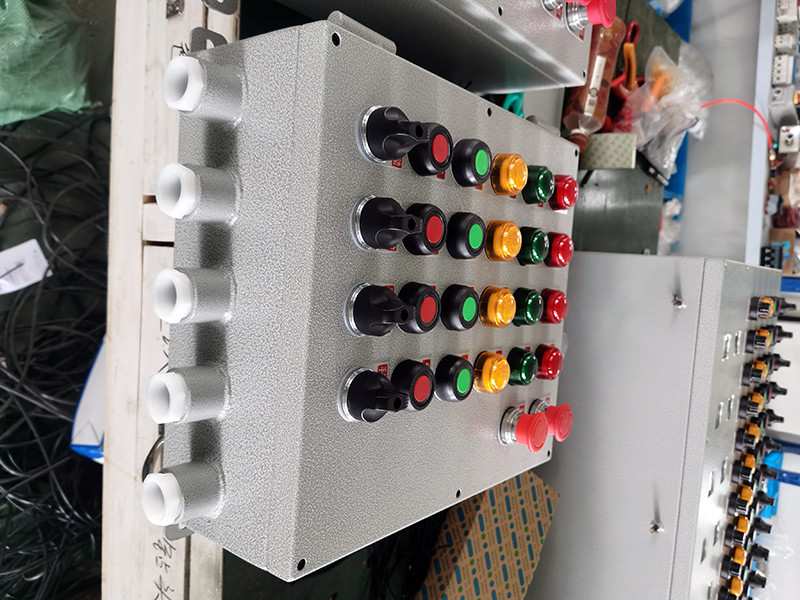Ma hope o ka hoʻokaʻawale ʻana i nā ʻāpana hui ma muli o ka hoʻolālā kūkulu, hiki ke hoʻoholo i ke kaʻina o ka hui.

Hoʻomaka maʻamau kēia kaʻina me nā ʻāpana a me nā ʻāpana a hoʻopau i ka hui hope. ʻO ka Papa Pūnaehana Hui (Kiʻi 7.6) hōʻike kiʻi i kēia mau pilina a me nā kaʻina, ka hoʻolakoʻana i kahiʻike iʻikeʻia i ka huakaʻi o kaʻaha kūkā o ka Hale Hōʻikeʻike mai nā pae mua i ka hui hope loa.
E like me ke kāleka kaʻina hana, Hoʻonohonohoʻia ka papa hana o ka huiʻana ma keʻano he palapala palapala i kākauʻiaʻo ia.
Ke kau nei i ka hoʻonohonohoʻana o ka hui, Pono e ukuʻia ka nānāʻana i nā pilikia. ʻOiai ma hope o ka nānāʻana i nā'āpana a me nā'āpana no ka loaʻaʻana o ka Storchers Sport, Hiki i kahi'ōlelo hoʻohālikelike ke hoʻopiʻi i ke kaʻina hana. ʻo kahi laʻana, kūpono i kekahi mea i loko o kahi mea hohonu i mua e pale mua i ka hoʻonohonohoʻana i nā'āpana o hope, ʻOiai ināʻo ka hui sorctural ka mea i hiki ke maʻalahi. 'Hoʻohui’ e hele ana i kahi'āpana a iʻole'āpana paha i keʻano o ke kiʻi ma ke kiʻi akā e lilo i meaʻole ma muli o kahiʻano o kahi hui kūponoʻole. ʻAʻole maʻamau kēia hiʻohiʻona i nā hui i nā hui me nā hoʻonohonoho paʻakikī.
Ka papa kuhikuhi, alakaʻiʻia e ka heluʻana i nā kaha kiʻi o nā mea hana, pono e kau inoa i kēlā me kēia papa me kona inoa, helu helu, a me ka nui. ʻO kēia mau mea hana e hoʻomaʻamaʻa maʻalahi i kaʻikeʻana i nā'āpana kūpono, ʻāpana, nā hui ʻāpana, a me ko lākou nui i ka wā o ka hui.
He mea nui ia no ka hoʻokaʻawaleʻana i nā mea i kūʻaiʻia i loko o nā'āpana, ʻāpana, a hui pūʻia nā hui i loko o ka waihona waihona, E wehewehe i ko lākou inoa, kumu hoʻohālike, Kaoaohai, a me ka nui.
ʻO ka papa hana'ōnaehana o ka huiʻana i hanaʻia no nā huahana hoʻokahi a iʻole nā huahana batch liʻiliʻi. Eia naʻe, I nā hanana hana nui, Pono e hoʻohanaʻia ma keʻano o ke kāleka kaʻina hana no ka maikaʻi kūpono.
 Pahū ʻo Shenhai
Pahū ʻo Shenhai
